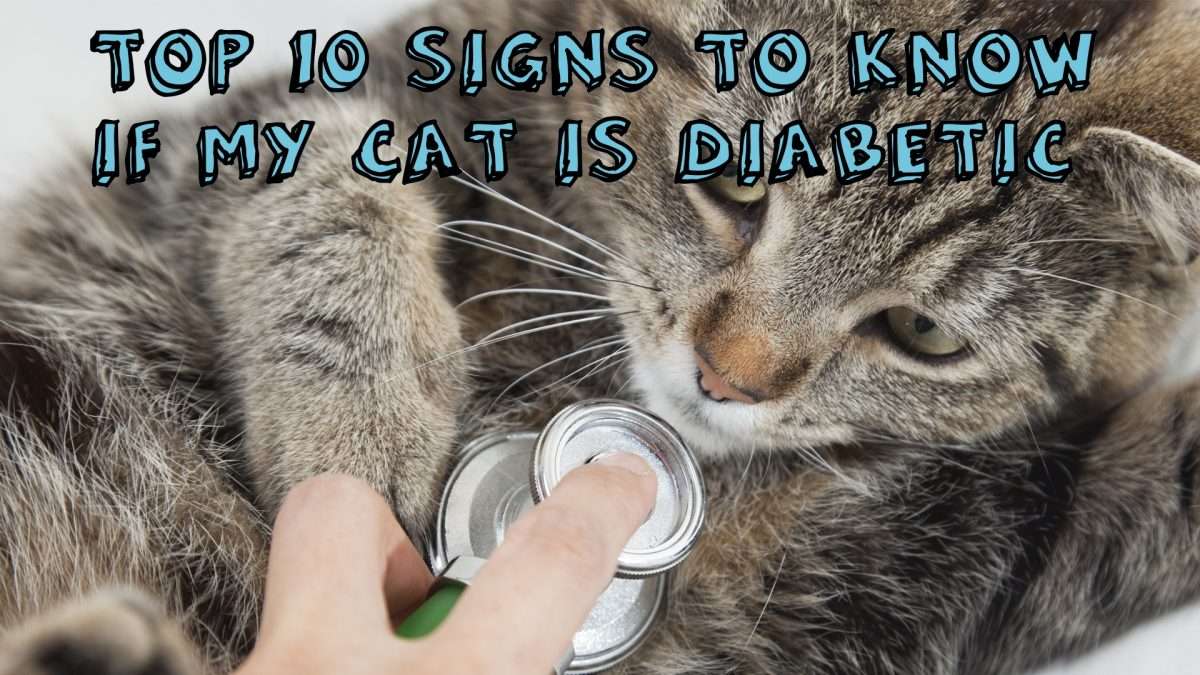how to tell if your cat is diabetic Pin by elina purfield on becoming a veterinary nurse
Image 1: Diabetic Cat
 The growing prevalence of diabetes among cats has become a significant concern for cat owners. As responsible pet parents, it is essential for us to understand the dietary needs and feeding guidelines for our furry friends who are diagnosed with diabetes. In this article, we will explore some key aspects of feeding a diabetic cat and provide useful insights for ensuring their well-being.
The growing prevalence of diabetes among cats has become a significant concern for cat owners. As responsible pet parents, it is essential for us to understand the dietary needs and feeding guidelines for our furry friends who are diagnosed with diabetes. In this article, we will explore some key aspects of feeding a diabetic cat and provide useful insights for ensuring their well-being.
Dietary Modifications for Diabetic Cats
When managing a cat’s diabetes, a well-balanced and regulated diet plays a vital role. Switching to a specialized diet formulated for diabetic cats can help manage their blood sugar levels effectively. These diets are typically high in protein and low in carbohydrates, as excessive carbohydrate intake can cause a spike in blood glucose levels.
While commercial diets for diabetic cats are readily available, consulting with a veterinarian to determine the most suitable option for your cat is crucial. The vet will assess your cat’s specific needs and recommend a tailored diet plan based on individual factors such as age, weight, and overall health condition.
Monitoring Portion Sizes
Image 2: Cat Diabetic Test
 Controlling portion sizes is essential in managing a cat’s diabetes. Every cat is different, and their dietary requirements may vary. Therefore, it is crucial to measure the portions according to your cat’s specific needs. Maintaining a consistent feeding routine and sticking to recommended portion sizes can help manage their blood sugar levels effectively.
Controlling portion sizes is essential in managing a cat’s diabetes. Every cat is different, and their dietary requirements may vary. Therefore, it is crucial to measure the portions according to your cat’s specific needs. Maintaining a consistent feeding routine and sticking to recommended portion sizes can help manage their blood sugar levels effectively.
It is worth noting that treats should be given sparingly, and the carbohydrate content in treats should be taken into consideration. Opting for specialized diabetic cat treats or using other low-carbohydrate alternatives can be a healthier option.
Meal Frequency and Regularity
Dividing the cat’s daily food intake into smaller meals can help regulate blood sugar levels. Feeding them several small meals throughout the day, rather than one or two large ones, can prevent significant fluctuations in blood glucose levels. However, it is important not to overfeed as obesity can exacerbate diabetes in cats.
Hydration and Water Availability
Providing ample fresh water is essential for all cats, especially those with diabetes. Increased water consumption can help prevent dehydration and support optimal organ function. Diabetes can make cats more prone to urinary tract issues, and sufficient hydration plays a crucial role in preventing such complications.
Conclusion
Taking care of a cat with diabetes requires a responsible and attentive approach. A well-regulated diet, portion control, regular feeding schedule, and adequate hydration are key components in managing their condition. Consulting with a veterinarian and closely monitoring their health can ensure a better quality of life for diabetic cats. With proper care, love, and attention, these amazing companions can continue to thrive despite their diagnosis.
Pin By Elina Purfield On Becoming A Veterinary Nurse | Diabetes Cat
 www.pinterest.comfeline diabetic vet
www.pinterest.comfeline diabetic vet
Feeding The Diabetic Cat - Catwatch Newsletter
 www.catwatchnewsletter.comdiabetic alimentation faut offers
www.catwatchnewsletter.comdiabetic alimentation faut offers
Treating Your Diabetic Cat. #pet #care #diabetic #cats #health #
 www.pinterest.comYour Diabetic Cat Is Now Re-directing To Diabetic Cat International
www.pinterest.comYour Diabetic Cat Is Now Re-directing To Diabetic Cat International
 www.diabeticcatinternational.comdiabetic cat international directing re
www.diabeticcatinternational.comdiabetic cat international directing re
How To Tell If Your Cat Has Diabetes - LoveCatsTalk.com
 www.lovecatstalk.comPin by elina purfield on becoming a veterinary nurse. Diabetic cat international directing re. Your diabetic cat is now re-directing to diabetic cat international
www.lovecatstalk.comPin by elina purfield on becoming a veterinary nurse. Diabetic cat international directing re. Your diabetic cat is now re-directing to diabetic cat international